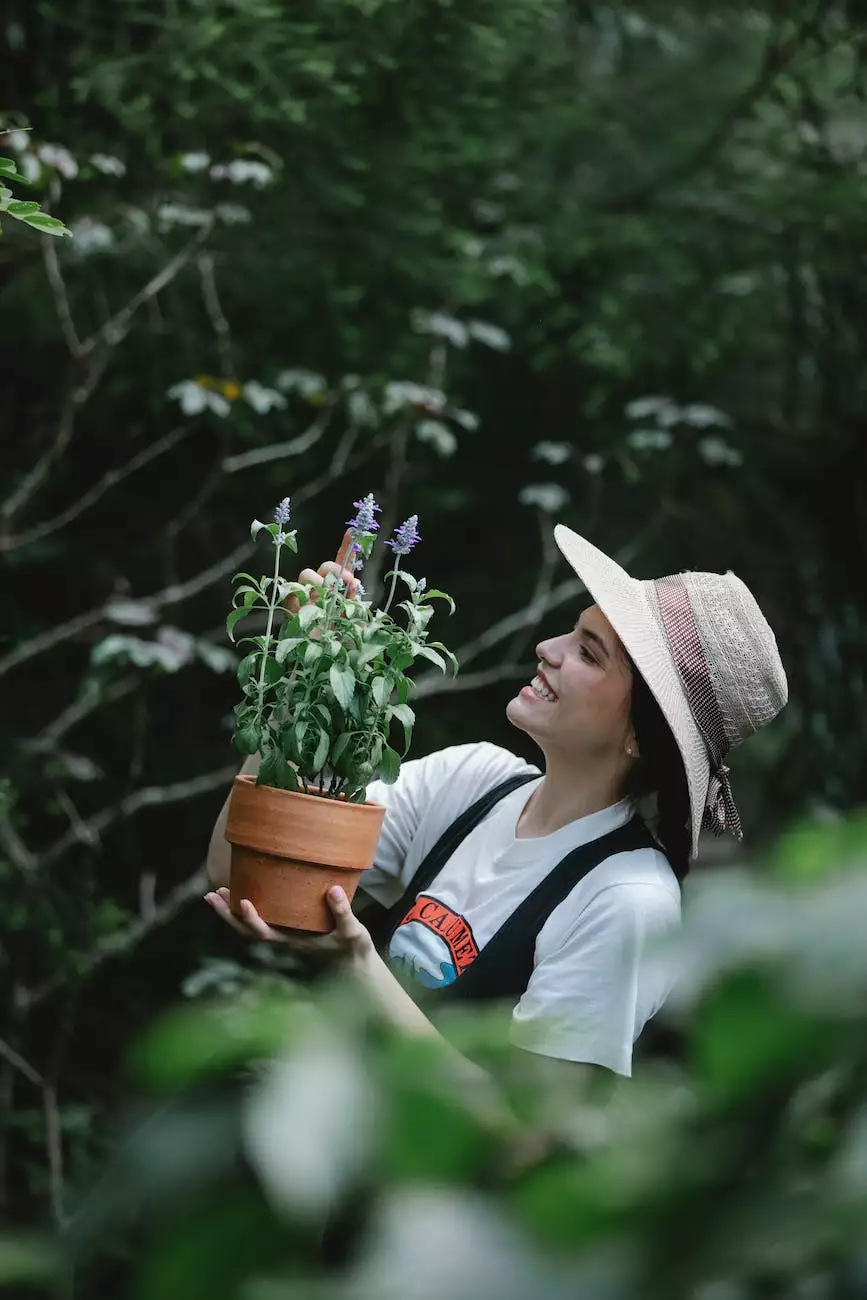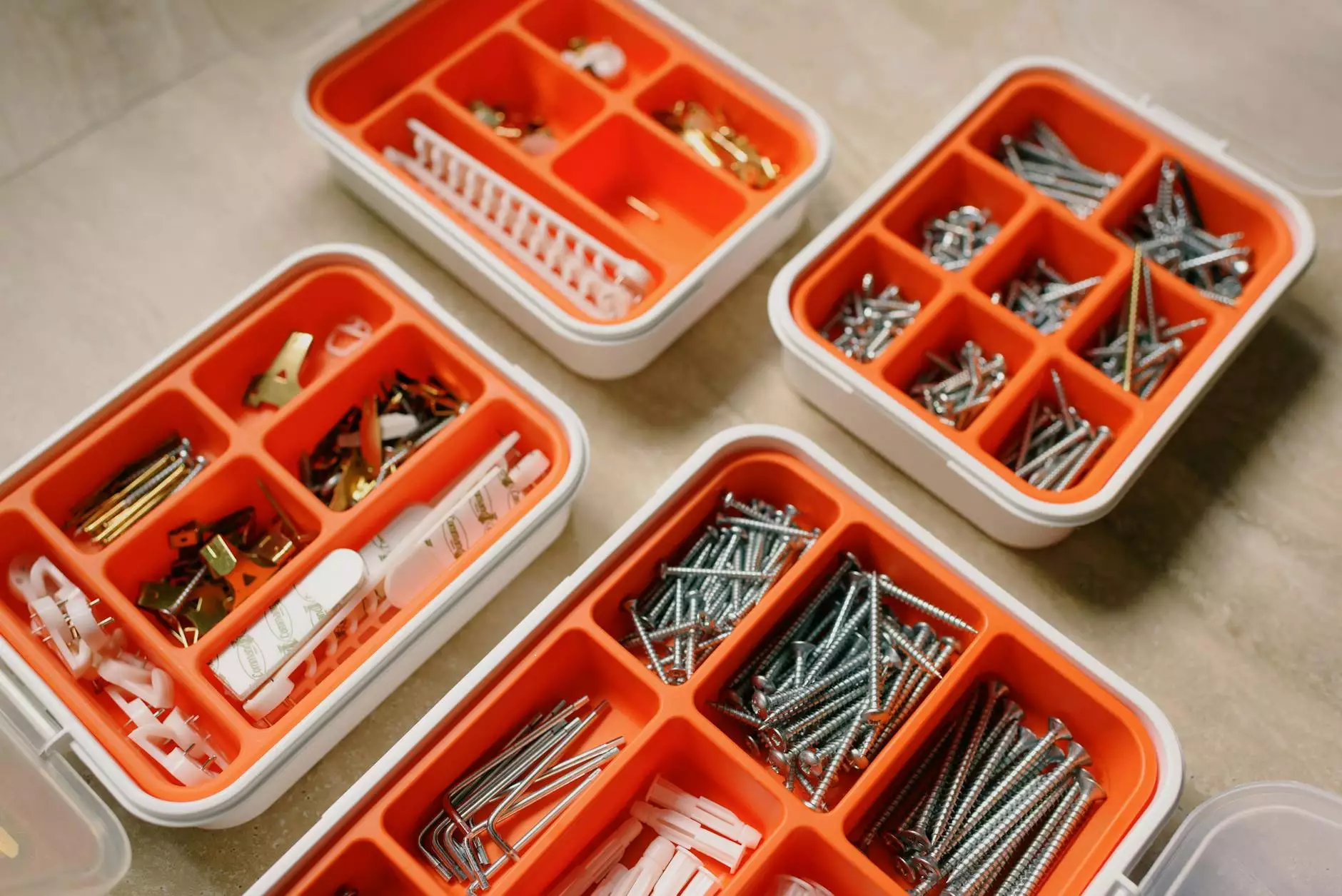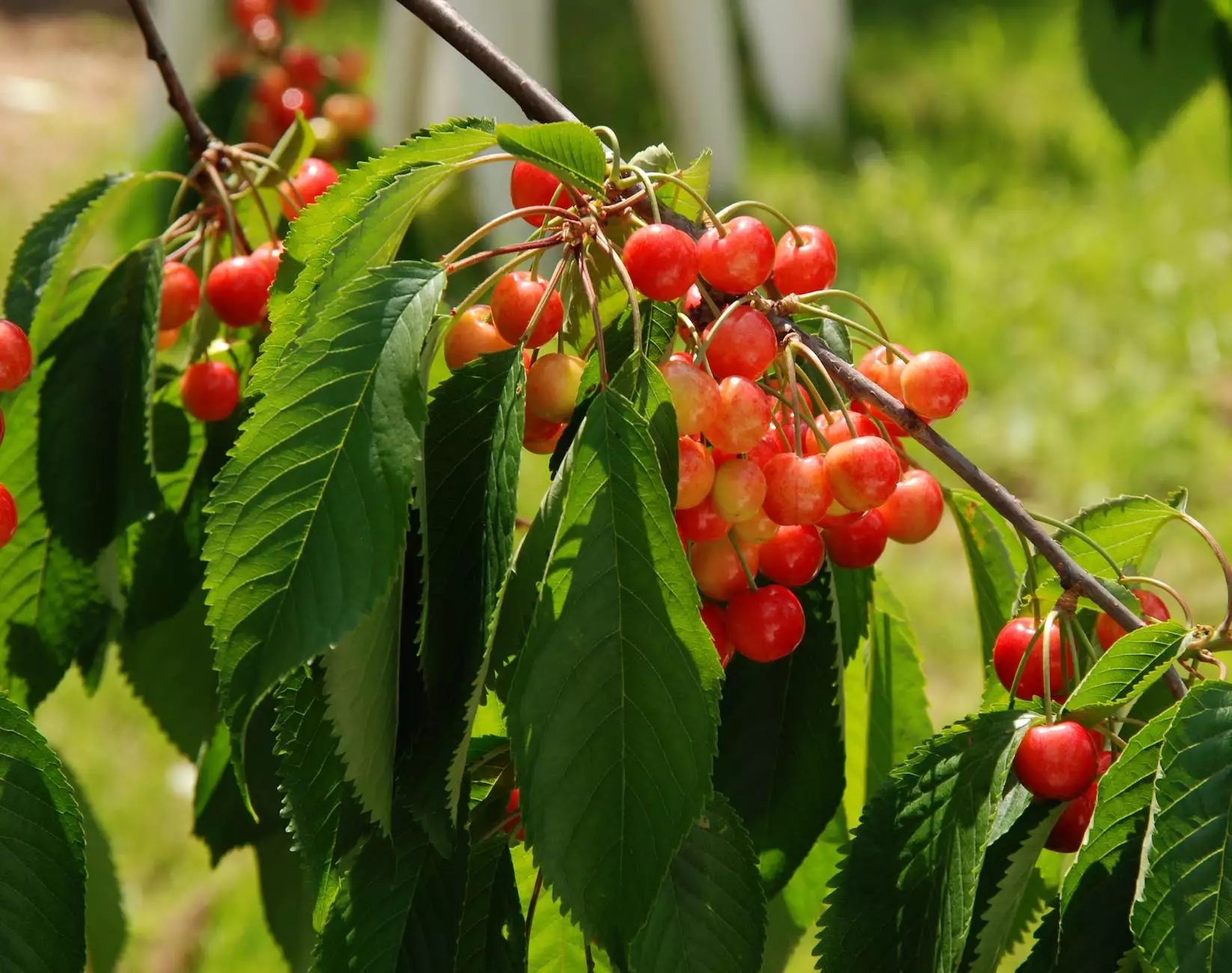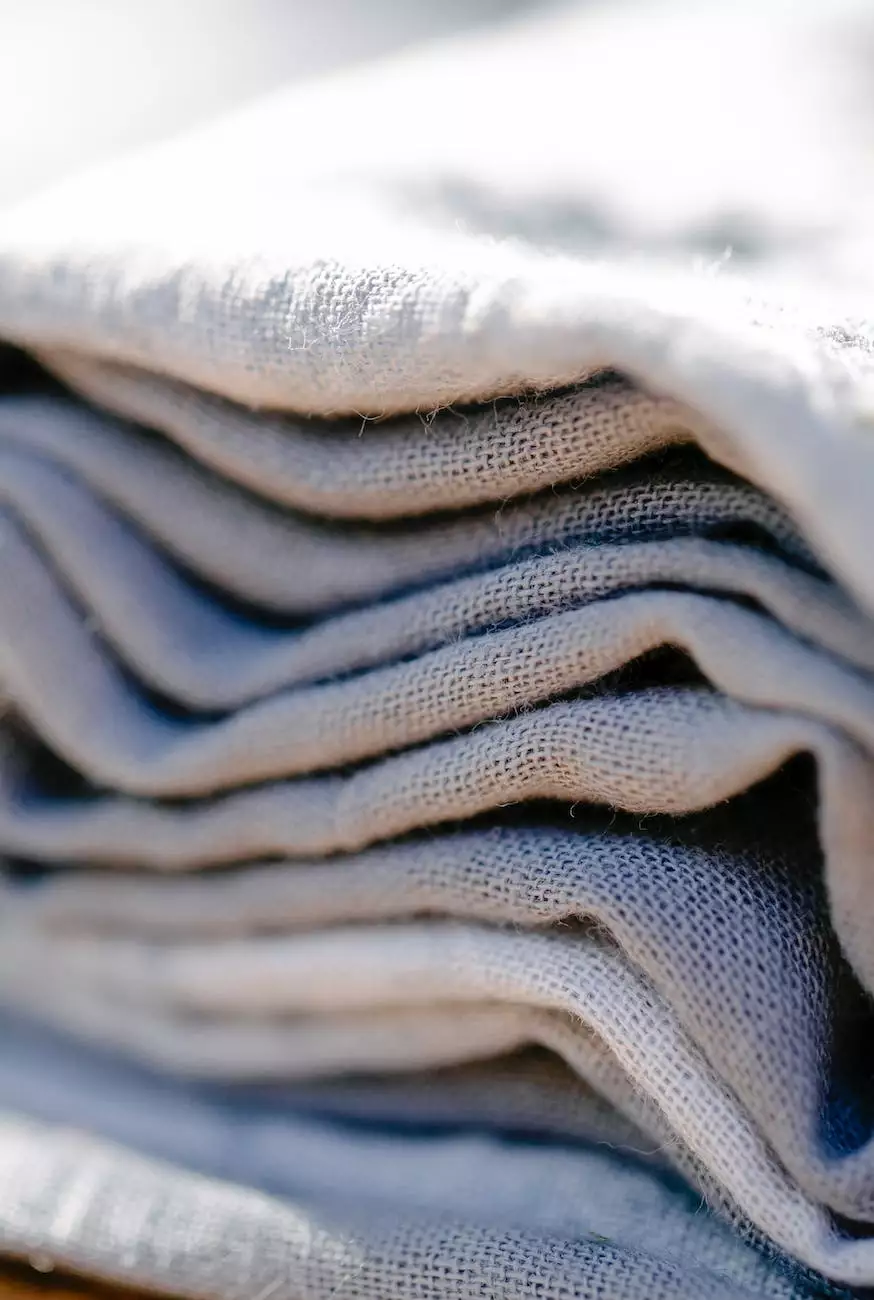How to Grow Sage Indoors from Seed - Design & Build

Introduction
Welcome to Cutting Hedge Services, your trusted source for expert gardening and plant care advice. In this comprehensive guide, we will take you through the step-by-step process of growing sage indoors from seed. Whether you're an experienced gardener or just starting out, our tips and techniques will help you successfully cultivate sage plants in your own home.
Benefits of Growing Sage Indoors
Growing sage indoors offers numerous benefits. First and foremost, having fresh sage readily available in your kitchen allows you to enhance the flavors of your dishes with its distinct and aromatic taste. Sage is also known for its medicinal properties, such as improving digestion and boosting cognitive function. Additionally, having indoor plants like sage can improve the air quality in your home by reducing toxins and adding oxygen.
Choosing the Right Sage Seeds
When selecting sage seeds, it's important to choose a high-quality variety that is suitable for indoor cultivation. Look for certified organic seeds from reputable suppliers to ensure the best germination rates and healthy plants. Common sage (Salvia officinalis) is an excellent choice for indoor gardening.
Preparing the Soil
Sage thrives in well-draining soil. Prepare a pot or container with a quality potting mix that has good drainage. You can also mix in some coarse sand or perlite to further enhance drainage. Remember to sanitize the container before planting to minimize the risk of diseases.
Sowing the Seeds
Start by filling the pot with the prepared soil, leaving about an inch of space at the top. Moisten the soil lightly before sowing the sage seeds. Sprinkle the seeds evenly across the surface and cover them with a thin layer of soil. Gently press down to ensure good seed-to-soil contact.
Providing the Ideal Conditions
To promote germination, sage seeds require a warm and consistently moist environment. Place a plastic wrap or cover over the pot to create a greenhouse effect. Keep the soil moist but not overly saturated. Place the pot in a warm location, ideally between 60-70°F (15-21°C), and ensure it receives ample sunlight or use grow lights for 12-14 hours a day.
Caring for Young Sage Plants
As the sage seeds germinate and young plants emerge, it's crucial to provide proper care. Ensure they receive sufficient light to prevent becoming leggy. Water them when the top inch of the soil feels dry, but avoid overwatering as it can lead to root rot. Fertilize the plants every 4-6 weeks using a balanced organic fertilizer, following the manufacturer's instructions.
Transplanting Sage Seedlings
Once the sage seedlings have grown a few sets of true leaves and are about 3-4 inches tall, it's time to transplant them into larger pots. Use a well-draining potting mix and gently remove the seedlings from the original pot, taking care not to damage the delicate roots. Plant them in separate pots, ensuring they have enough space to grow and develop.
Providing Adequate Light
Sage plants thrive in full sun, so it's crucial to provide them with at least 6-8 hours of direct sunlight each day. If you don't have access to sufficient natural light, consider using artificial grow lights. Position the lights a few inches above the plants and adjust the duration to mimic the natural daylight hours.
Watering and Feeding Sage Plants
Water your sage plants regularly, allowing the soil to dry out slightly between waterings. Avoid overwatering as sage prefers slightly drier conditions. When it comes to feeding, apply a balanced organic fertilizer every 4-6 weeks to provide essential nutrients. Avoid using excessive amounts of nitrogen, as this can lead to weak growth.
Pruning and Harvesting Sage
Regular pruning helps maintain the shape and vigor of your sage plants. After the plants have established, trim the stems back by a third to encourage bushier growth. Harvest sage leaves as needed by snipping them from the plant, leaving a few sets of healthy leaves intact. Sage leaves can be used fresh, dried, or frozen for future use.
Pest and Disease Control
Sage plants are relatively resistant to pests and diseases. However, common issues include aphids, spider mites, and powdery mildew. Monitor your plants regularly and take appropriate action if any pests or diseases are detected. Use organic pest control methods, such as insecticidal soap or neem oil, to protect your sage plants.
Conclusion
Growing sage indoors from seed can be a rewarding and fulfilling experience. With the right techniques and care, you can enjoy a steady supply of fresh sage leaves all year round. Follow our expert tips and guidance provided by Cutting Hedge Services, and soon you'll be harvesting your own delicious sage in the comforts of your home.




